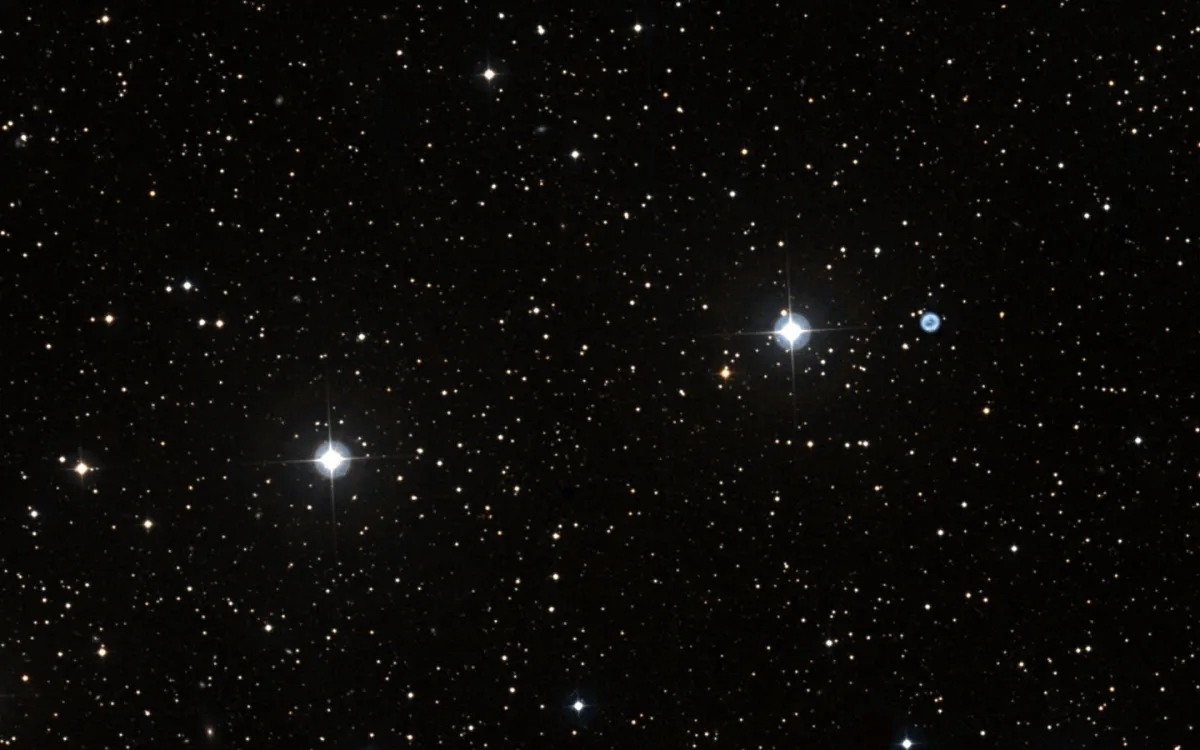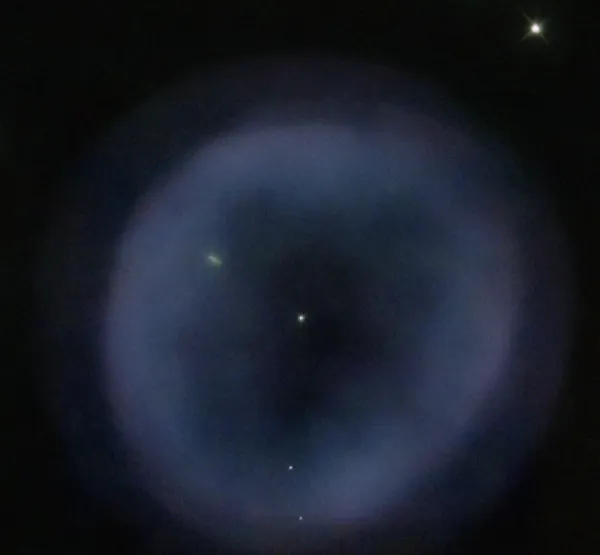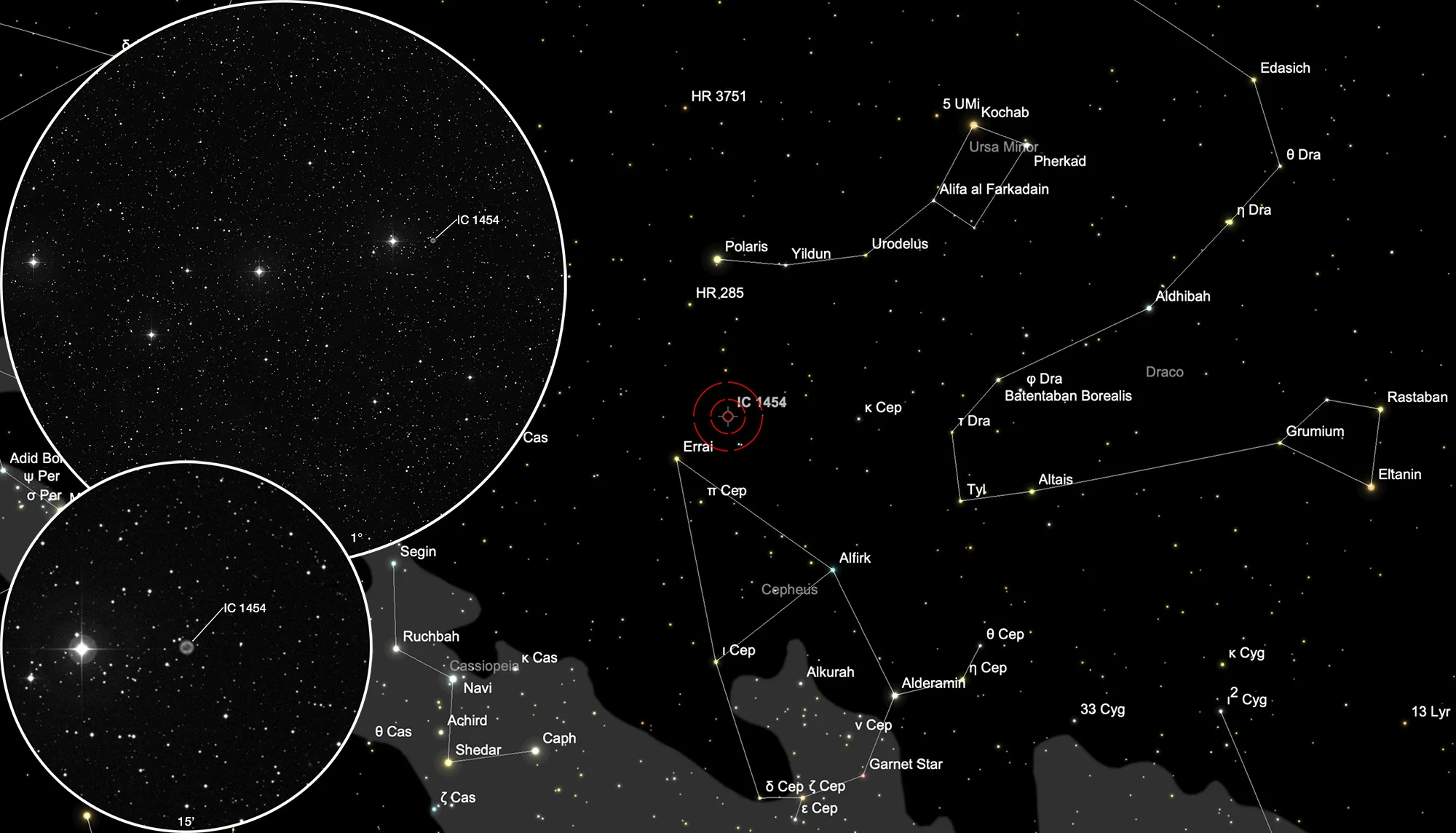Planetary Nebula IC 1454

History
This planetary nebula was discovered on 9 August 1891 by the British astronomer William Frederick Denning using his 10 inch reflecting telescope in Bistol. [277] In 1895 J. L. E. Dreyer added the nebula as IC 1454 in his «Index Catalogue of Nebulae» and described it with: «very faint, small, star of 7m 4' following.» [314]
In 1955 the American astronomer George Ogden Abell identified the object as a planetary nebula during a survey on the photo plates of the «Palomar Observatory Sky Survey» (POSS) and listed it in his second publication of 1966 as Abell 81. Most of these 86 PNs discovered on the POSS photo plates are large and have a low surface brightness, which suggests that their stage of development is advanced. [331, 332]

Physical Properties
Simbad lists distances around 4200 pc. [145] SkySafari 6 lists a visual magnitude of 14.3. [149]
| Designations | PN G117.5+18.9: IC 1454, PK 117+18.1, A55 67, A 81, ARO 376, VV' 568 |
| Right Ascension (J2000.0) | 22h 42m 36s |
| Declination (J2000.0) | +80° 26' 45" |
| Dimensions | 28.5" (optical) |
| Expansion Velocity | 46. (O-III) km/s |
| C-Star Designations | AG82 446 |
| C-Star Magnitude | B: 18.8 |
| Discoverer | ABELL 1955 |
Finder Chart
The planetary nebula IC 1454 is located in the constellation Cepheus, which is from June to January best visible and high in the night sky. It can easily be found as it is on the western side of a conspicuous asterism of stars with 7th magnitude approximately between Errai (γ Cephei) and Polaris (α Ursae Minoris).
